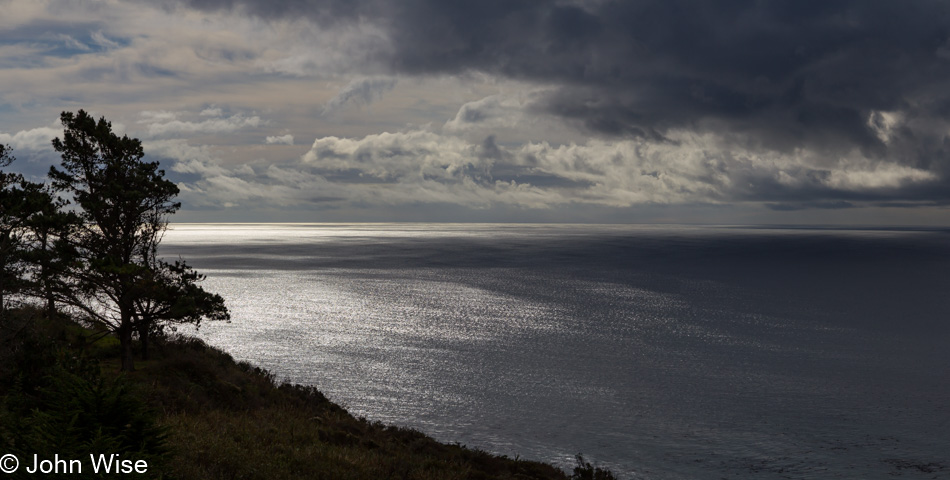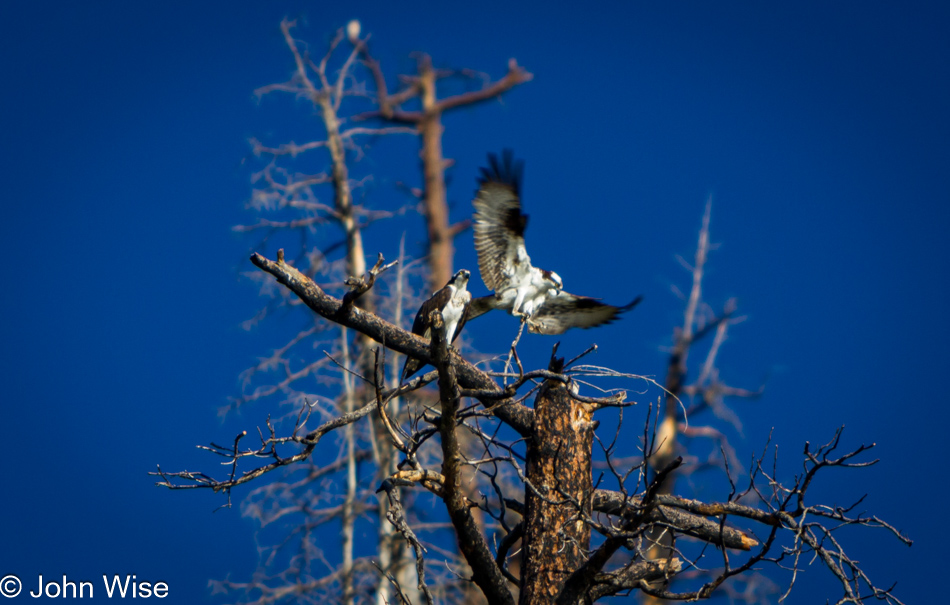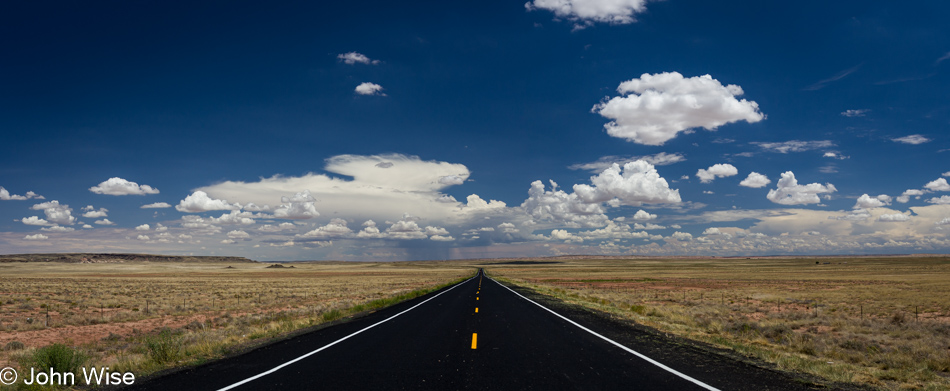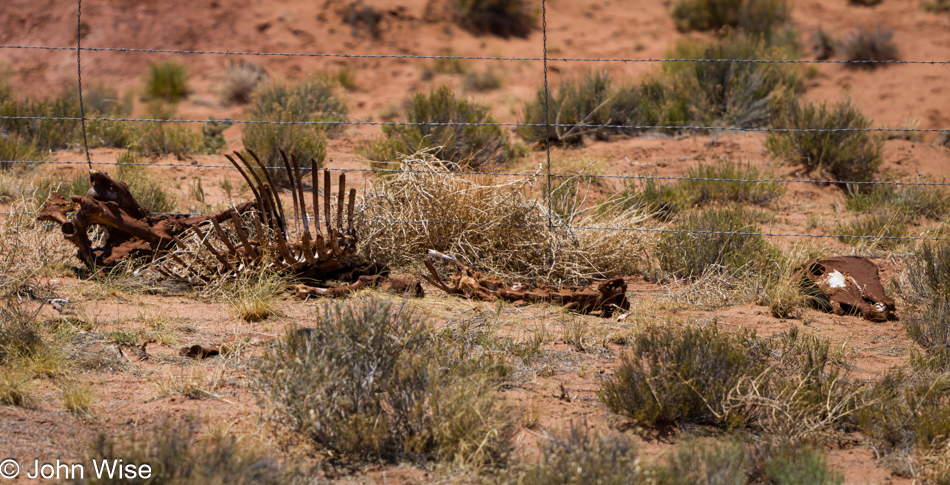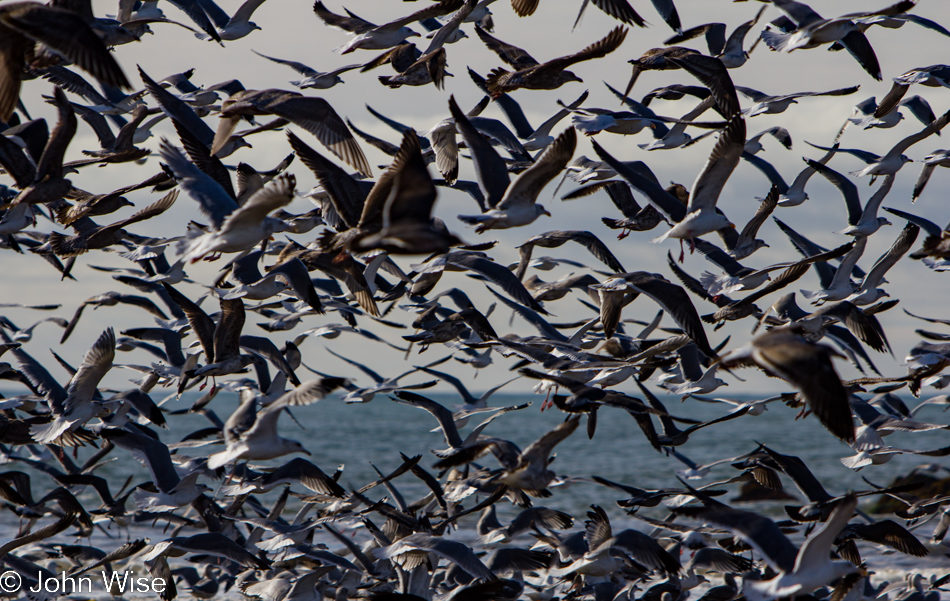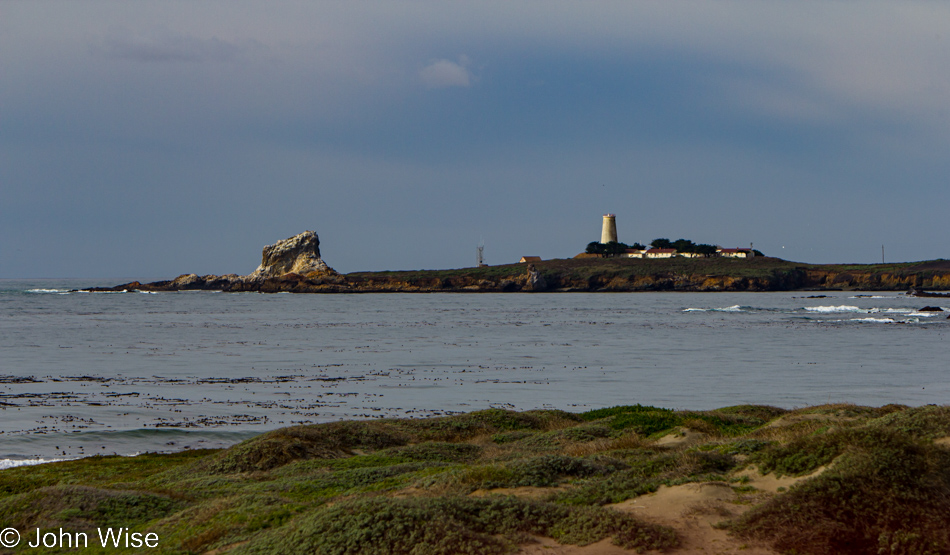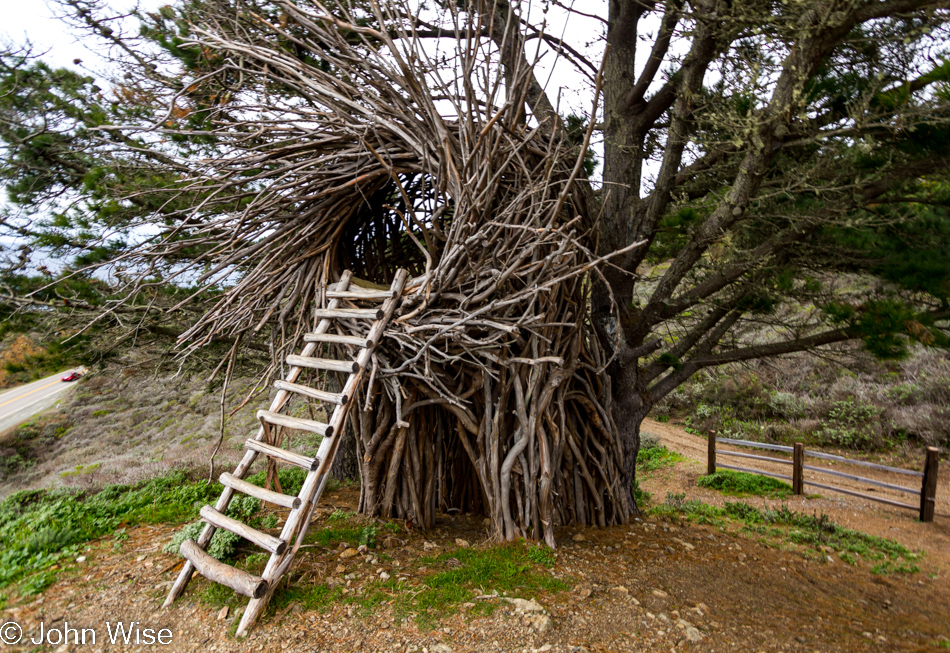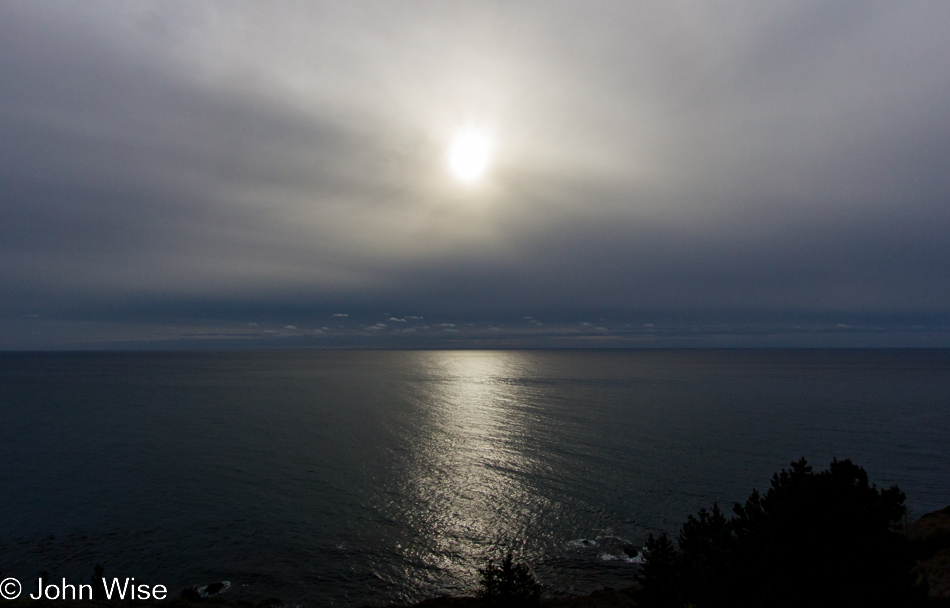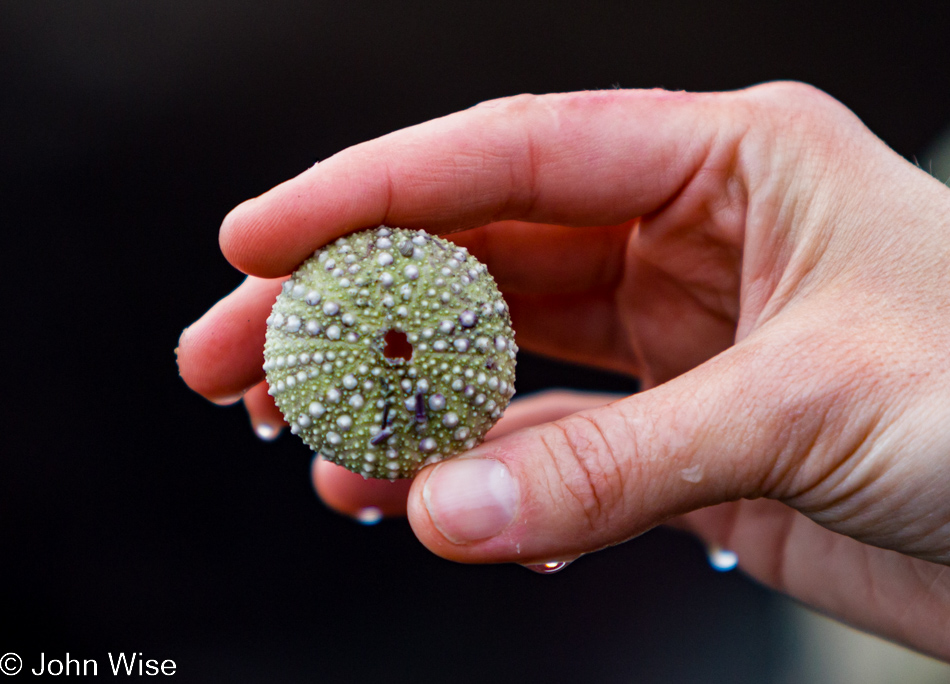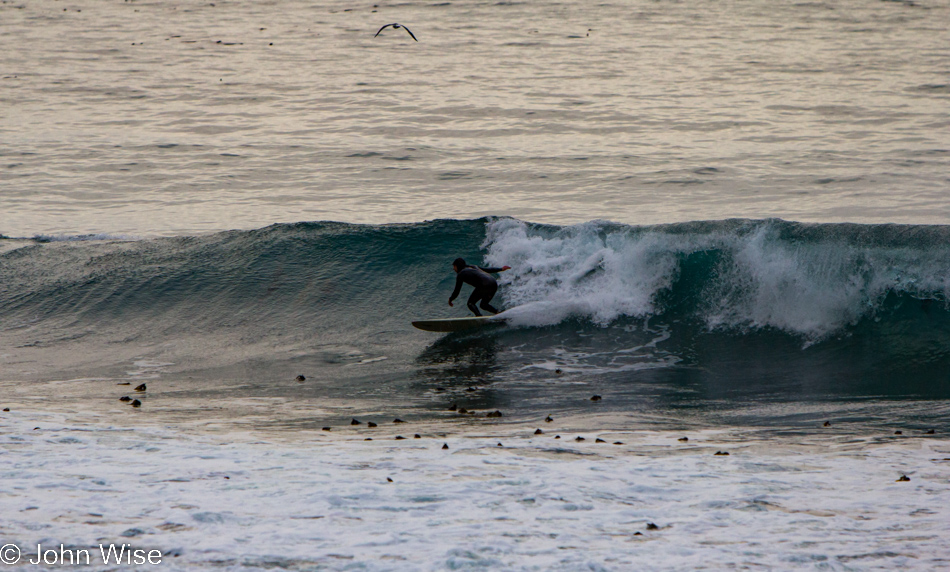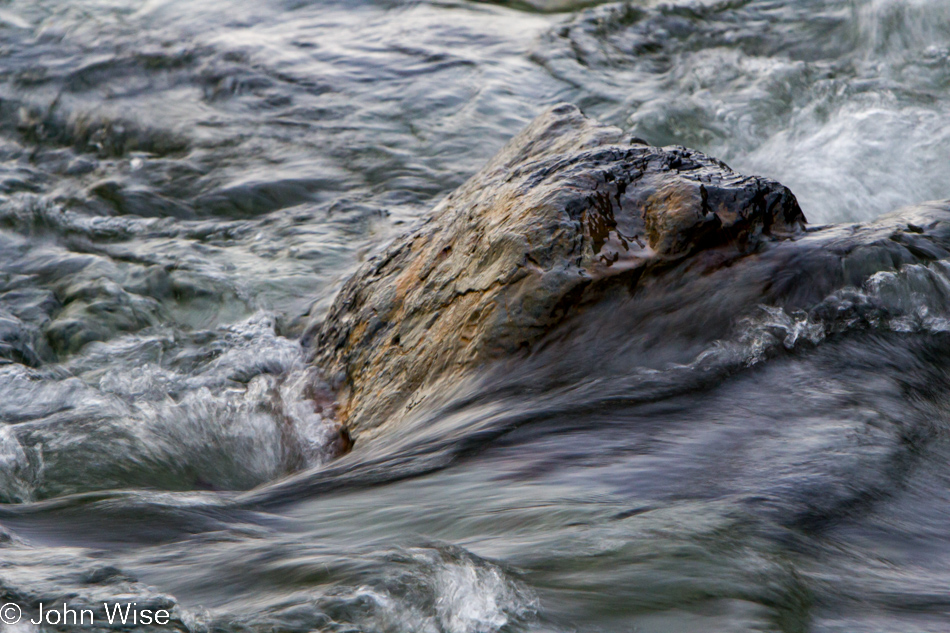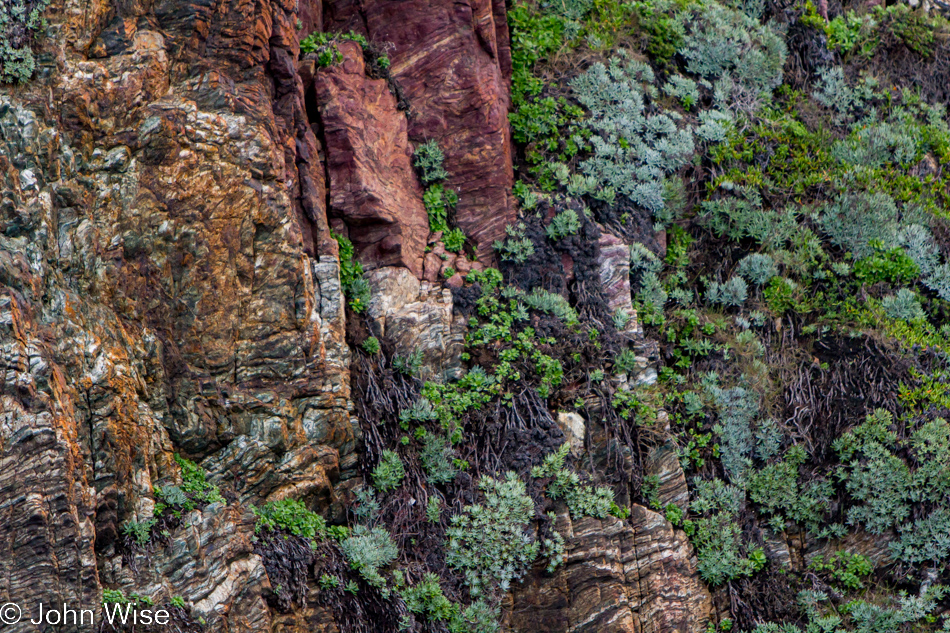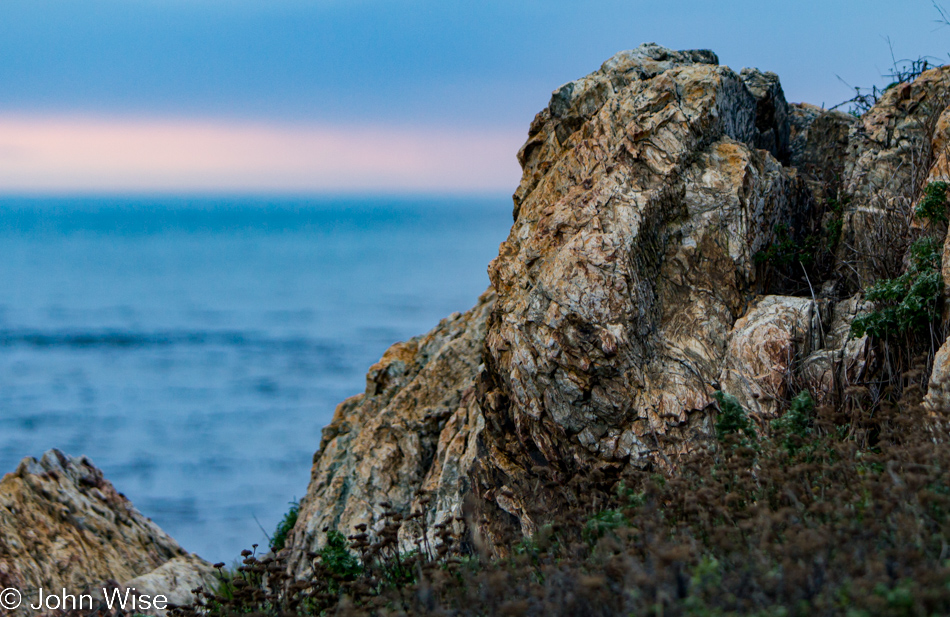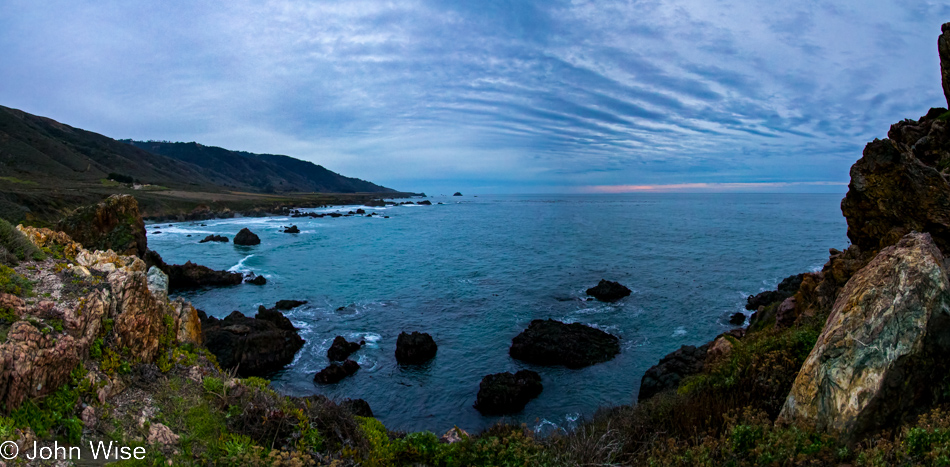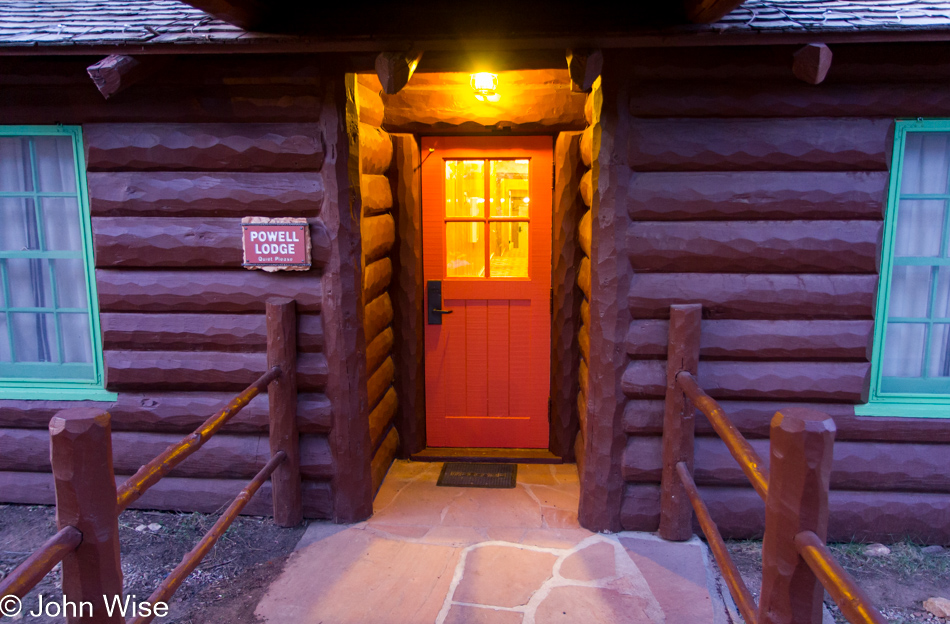
Not our first time staying at the Bright Angel Lodge and not our last. Of course, we’d love to stay at the El Tovar every time, but it’s not always easy to snag a room, and at times, it’s quite pricey.
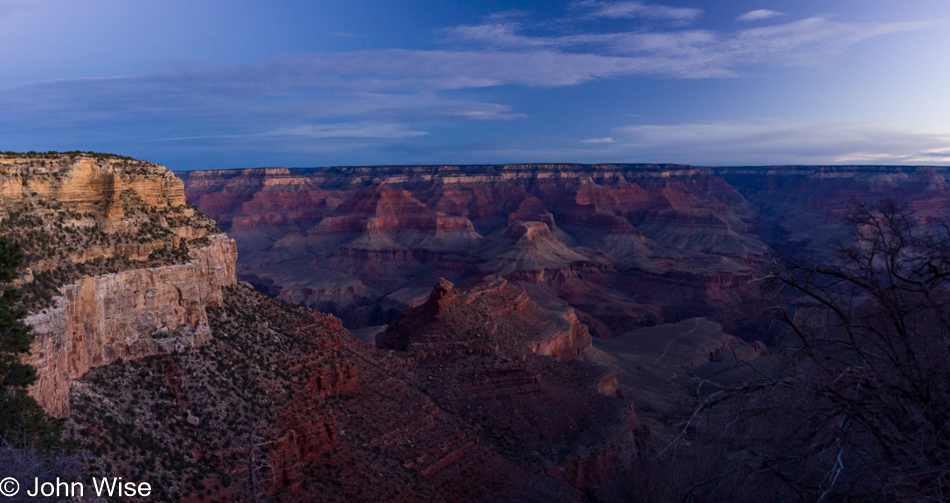
Out into the cold dawn of a Grand Canyon morning as those first rays of sun catching the rim edges always capture our sense of delight.
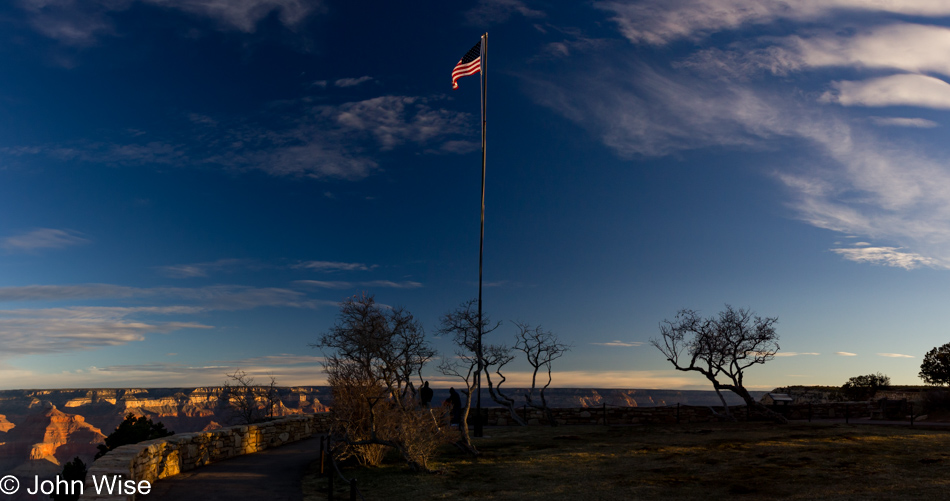
America, seen in its flag, in its vastness, and in its immense beauty, is something to be incredibly proud of, but also standing behind that symbol is an immensity of hate, poverty of intellect, and systemic inequality. I have to remind myself when experiencing the great fortune of being able to place ourselves in so many iconic locations that we are profoundly lucky, though intention plays a large role, too. Still, we feel privileged to gaze upon scenes such as this. The point here is that I can’t take for granted that I was by birthright given this opportunity in life to stand in astonishment while simultaneously afforded the responsibility to recognize our collective faults and struggle, if need be, to do what I can in some small capacity to improve not only myself but those around me and our country.
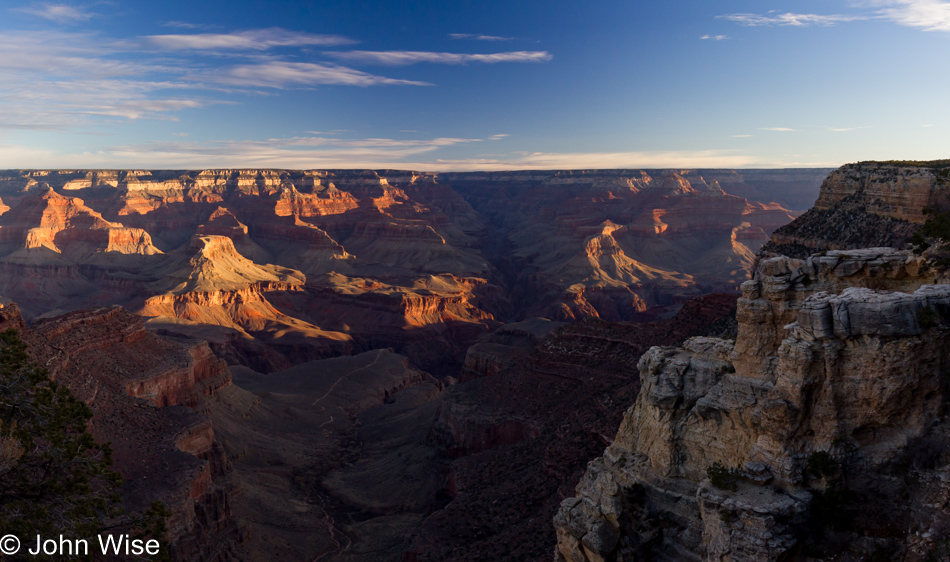
Transitioning into illumination as the light of day descends into the depths of a person, place, or thing, the gravity of its heft, potential, and scope comes into clear view. Keeping a thing, person, or idea in darkness serves nothing aside from allowing a small minority to isolate the coveted opportunity afforded the select few, the riches that arrive with seeing things for what they are, regardless of how difficult it is to grasp their breadth of complexity.

As faces and smiles come into focus, we are gazing into the depths of experience that will convey lies, truths, ignorance, hate, love, or any multitude of infinities spread across time that have shaped those people we are encountering. In this sense, we find the Grand Canyon in every person we meet, but rarely do we have the time to hike its depths so that we might better appreciate the extent of where this person’s flow has taken them.

Then, in a relatively superficial moment, sitting in warm luxury at the edge of reality, a treat creates a shared experience that defines the bonds that bring us closer together in our humanity. If we spend a lifetime tossing vitriol at the ears of each other trying to convince one another of perceived evils, we’ll grow to hate even those we love. Instead, we should sit together, sip hot chocolate, and smile not only at each other but also at the sun that is rising to paint another beautiful day.
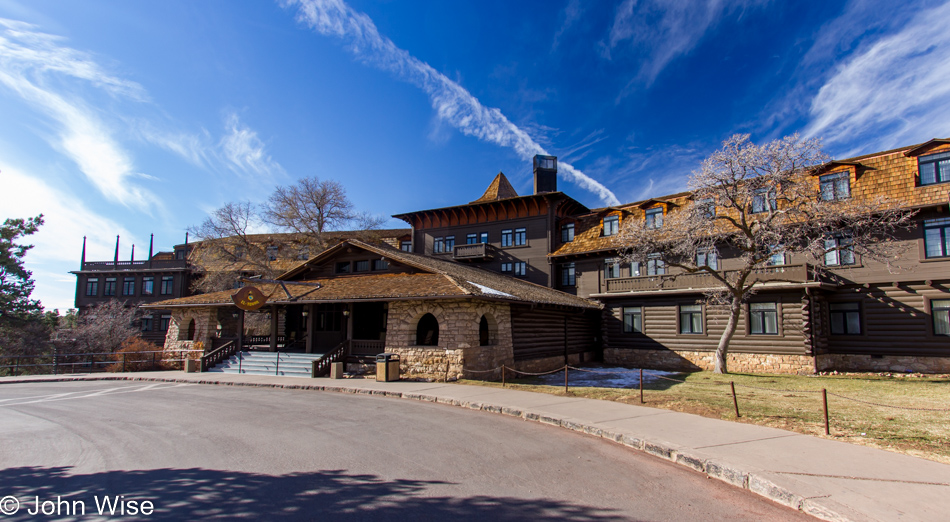
Smile at the memory of the unknown architects who designed this and the surrounding buildings, giving us a sense of place in our southwest parks that endures to this day. By the way, the El Tovar was designed by Charles Frederick Whittlesey, who happens to have been the business partner of Mary Jane Colter, who designed Hopi House next door (pictured below) and a number of other buildings of significance here at the Grand Canyon.
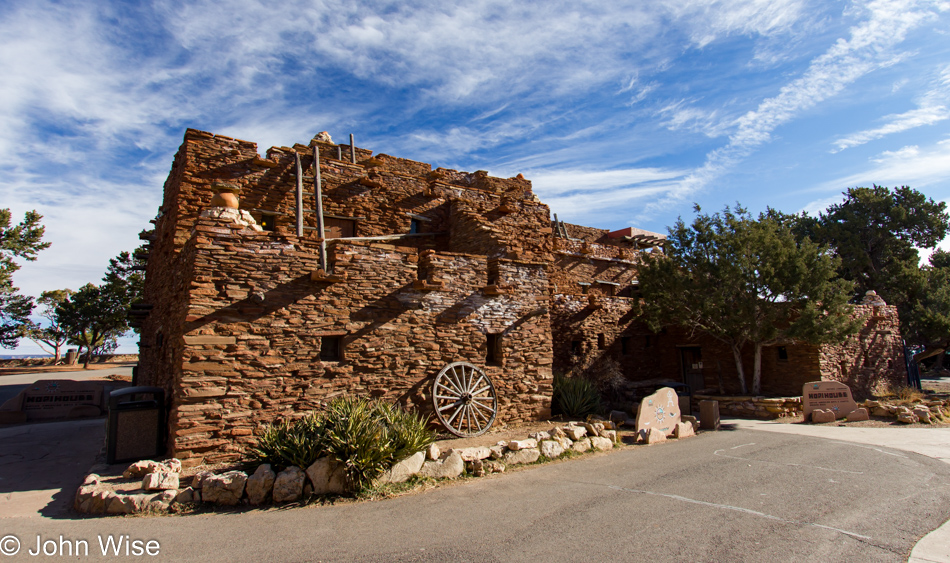
With the many times we’ve been to the Grand Canyon and the number of blog posts I’ve made, I’ve likely celebrated this badass woman of the early 20th century more than a few times, maybe writing exactly the same thing but I can’t emphasize enough how she’s up there with women such as Lou Andreas-Salomé and Zaha Hadid as inspirations to my sense of what is a strong intellectual woman.
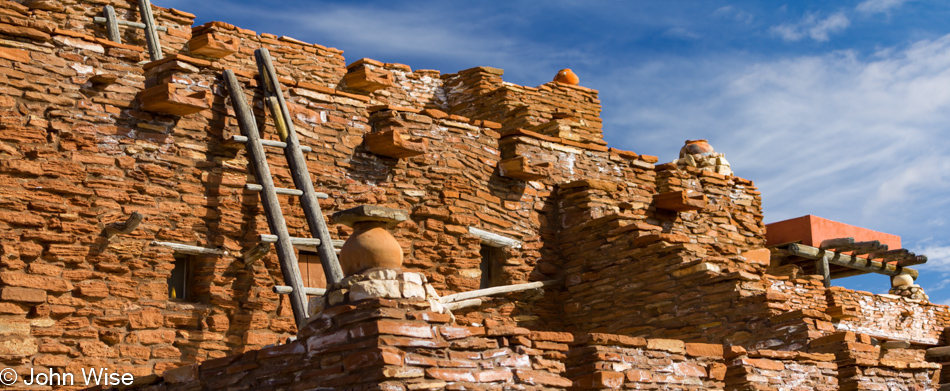
Not in a thousand years could glass and steel reflect a fraction of the beauty that these buildings offer visitors to this national park.

You can’t see them from this photo, but you know that the clouds drifting over the canyon are helping us visitors see things in a much more dynamic way compared to if we were here on a cloudless day.
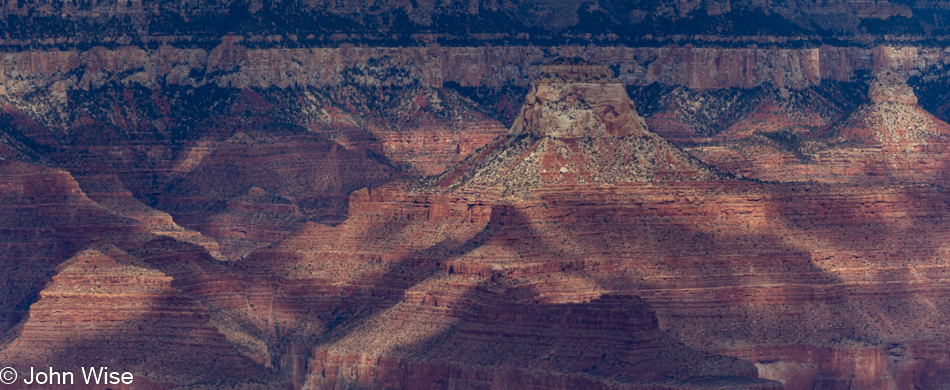
Before marriage, before children, without pets, when life has minor responsibilities, aspiring writers, artists, musicians, and philosophers should consider a gig of working a year or two here in the canyon or maybe up at Yellowstone, as I can only imagine that an extended meditation in these environments will forever change one’s life.

Maybe I could be so fortunate to one day when I am able to settle into being quiet here at the canyon, not needing to record everything I see; I could just sit in contemplation of the time that’s been at work shaping this amazing place.
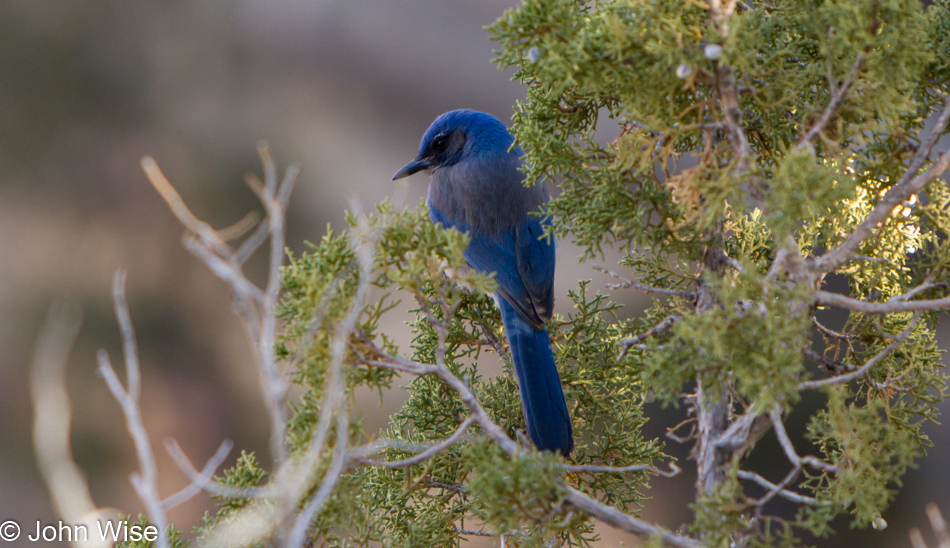
I don’t remember seeing scrub jays on previous visits; maybe I couldn’t see the tree through the forest. And now, this visit we are seeing a few of them.

I’m here, searching my head, struggling to find something profound to say about pollen cones and the leaves of this tree that could begin to share what it is in me that finds this view so appealing. This should act as my proof that these writing exercises are, but attempts at entertaining a hobby and ultimate mastery may never materialize; then again, I can admit that even when I’m not inspired by any particular genius, I do enjoy trying to find ways into my mind where I might discover a little something that has a bit of sparkle.

A million years ago, this view wouldn’t have looked just like it does today, not even one hundred thousand years ago would an early human have been gazing upon the exact same image. The rarity of what we see is one of the great treasures of being here in our time; it is mostly unique to our perspective and the precise moment we took out of the multitude of other things that occupy us to see the uncommon. If only we could understand that almost everything we’ll ever see as humans is sublimely uncommon and always incredible.

These closeup shots of details that don’t offer broad vistas in the background or show uncommon animals, rare plants, or the trash of careless tourists are the things that, when we are present in the Grand Canyon, shape the entire experience, even if our focus and center of attention is the massive canyon and extraordinary colors of earth spread out in every direction.

How many of my fellow humans, the millions of them that have visited this park since I was born, have also looked at this tree? Has even one of them recognized that it is here?
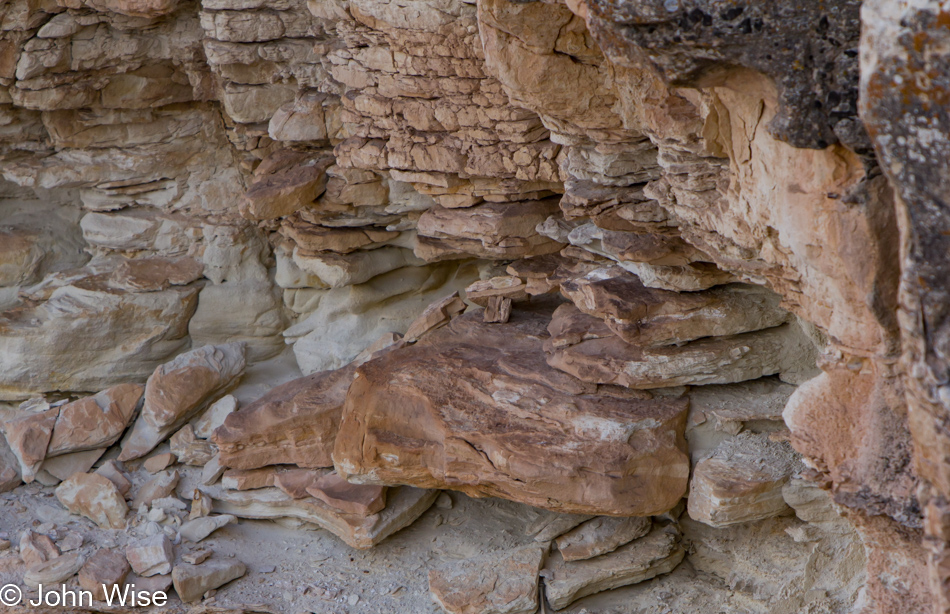
How will I ever truly reassemble a day in photographs and words that transcend the scale and potential meaning that even a countless number of those things that I might capture impact my memories as much as the real experience?

As much as I never want to leave and have the images of grandeur slip out of view and fade from memory, I must allow what I was so lucky to witness in this brief visit to be captured by those who will follow. Is it by design that the poverty of narrative can never act as a viable surrogate to bring others into the real experiences of those who journey into remote corners?
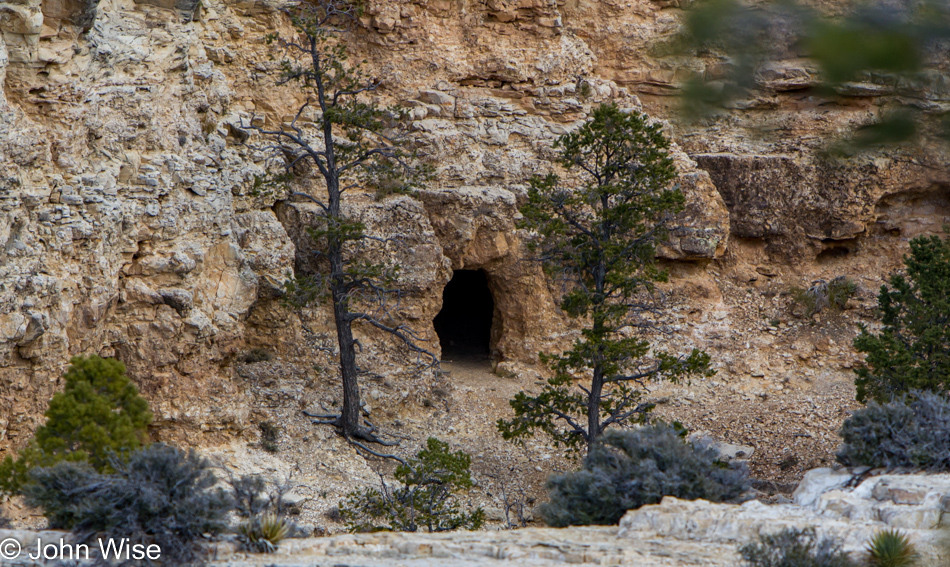
What might have been in the hole that wouldn’t also have been outside of it? Now, if this had been a cave occupied by people instead of an attempt to establish a mine, I’d think that someone was looking for signs of the culture that called this home, but it’s a mine.

This here then begs the question, at almost regular intervals, sediments were laid down that compacted into harder rock than the layers between them that are crumbling in erosion and disappearing. Were those lake beds at one time, or did the sea that deposited the thicker layers disappear for a time?

Hey Pixar, instead of making movies about talking potatoes and cars, how about throwing your skills at making a movie about the formation of our earth and the passage of time? I can’t be the only nerd who’d like to see this evolutionary process in great detail as a timelapse.

Not only is this blog post winding down, but so is our time here at the Grand Canyon. As we finish our re-encounter with this place that is simultaneously ancient and old while also familiar and new, we’ll once again try to bring the enormity of it all with us.

A petrified fish eye behind the beak of a turtle is what I see in this rock. I can only wonder what the interpretation of the canyon is to the many pairs of eyes and countless minds that try to experience see when they are visiting.
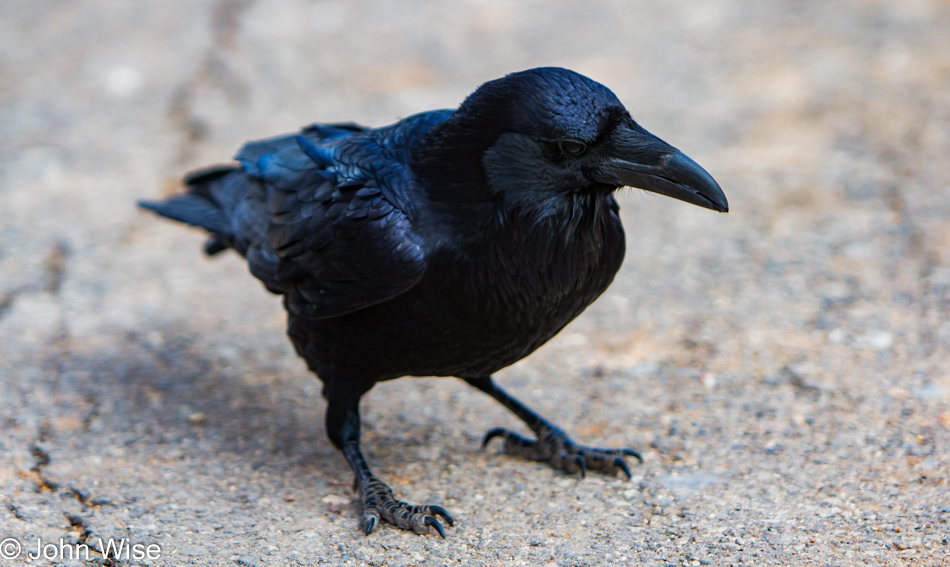
Maybe a bird finding contentedness soaring over an infinite landscape is a better place to be than the curious human who can never find enough answers to an insatiable curiosity.





